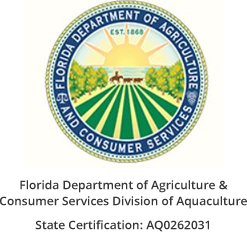Sold as live fish food to feed reef fish, seahorses, and mandarins. Not pets or ornamental livestock.
Live Amphipods – Medium (MD) Portion
Volume: 5 ml (measured by pod mass, not water)
Estimated Count: ~600–900 live amphipods
Note: Count may vary depending on lifecycle stage, size, and activity at time of packaging.
Perfect For:
- Reef tanks 20–75 gallons
- Wrasses, mandarins, anthias, gobies, & seahorses
- Building or supplementing pod populations
Benefits:
- High-quality live food rich in natural proteins and HUFA
- Boosts biodiversity and micro-fauna resilience
- Reduces detritus and nuisance algae via active grazing
Need a Different Size?
Why Amphipods Matter:
Amphipods are essential for a stable, thriving reef system. These natural scavengers consume organic waste, leftover food, and micro-algae — often up to 10× their body weight per day. Their rapid reproduction cycle supports ongoing biodiversity and a continuous live-food supply for your tank.
How They Help Your Reef:
- Improve water quality by consuming waste and detritus
- Provide natural, continuous live food for finicky feeders
- Enhance long-term reef stability and micro-ecosystem balance
Important Notes:
- This is a live amphipod culture; natural variation in size & behavior occurs
- Some amphipods may be juvenile or microscopic and not immediately visible
- To verify density, tap the bag gently and observe movement — activity confirms live biomass
Questions?
We're here to help. Your satisfaction — and your reef’s success — are our top priority.
